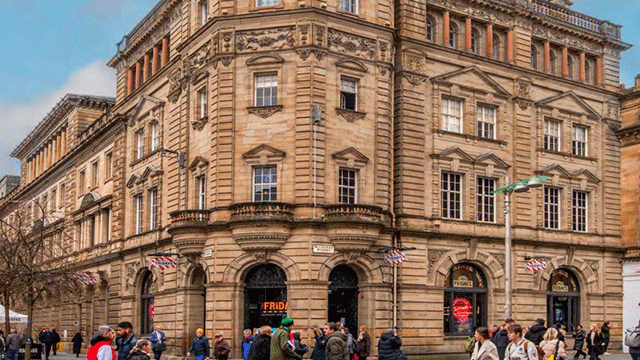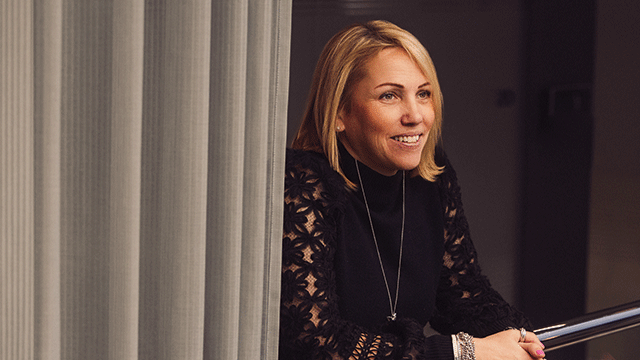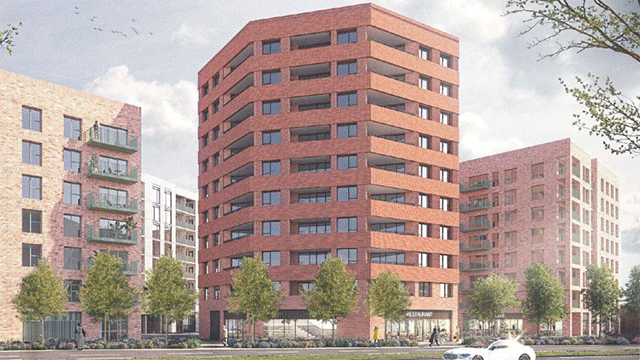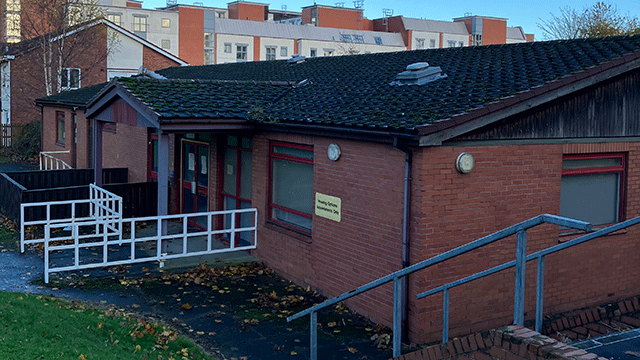COMMENT: In many ways, our parks and green spaces have never been more important. The entire country has undergone a reset, and the experience of lockdown has made us appreciate the value of outdoor public space like never before.
The vast majority of the UK’s green spaces were carved out in the Victorian era, at a time when the public health benefits of fresh air and exercise were being newly explored and understood. People flocked to “promenade” around these new emerald gems in smog-filled cities, and it became common sense and common knowledge that green, for lack of a better word, is good.
Several housing crises and economic revolutions later, our green spaces have come under threat or have perhaps been forgotten, in terms of what they contribute to society.
In a modern world of cost benefit analyses, where every investment must justify its return in hard figures, common sense is no longer enough. The way to save parks now is to be able to show their true value to communities, the environment and our physical and mental health – and as a result, shift the discussion from cost to benefit.
The cost of lost wellbeing
That’s why we set out to find a methodology for calculating the combined economic, social and environmental value of Britain’s green spaces. The Greenkeeper tool, developed in collaboration with Vivid Economics, is able to help developers and local authorities accurately determine how beneficial it is to the community – and to the nation – to invest in either new or existing green infrastructure.
Using the platform, we can see that the controversial temporary closure of Brockwell Park in Lambeth, SE24, during lockdown was costing the equivalent of almost £1m per week in lost wellbeing and physical health benefits for visitors.
Ultimately, illustrating that green space has a direct and measurable value is critical if we are to open up serious conversations about its investment and enhancement across the country. Working with the National Trust, we have identified that investing £5.5bn in programmes to create and renew green spaces in deprived areas would deliver £200bn in mental and physical health benefits.
Our research found that upgrading 9,200 poorly equipped parks in areas of the UK most deprived of green space would bring £100 of benefit over 30 years for every £1 invested. Increasing access to green space with new parks and green streets would bring a two-to-one investment over the same period. These overall returns exceed those of both Crossrail and HS2.
Not only that, but more than 20m people, nearly one-third of the UK population, would directly benefit from such an investment – with the benefit going disproportionately to the most disadvantaged. The jobs created would also boost local economies, particularly in those areas of the country facing high levels of unemployment, stimulating an estimated 40,000 jobs in initial construction and over 6,000 created permanently for ongoing maintenance.
Levelling up
The concept of public green space has always been as a great social leveller. From village commons to city parks, they gave the most benefit to those who did not have access to gardens or acreages of their own.
There has never been a more perfect time to achieve an economic boost while reducing social and regional inequality and increasing the health and wellbeing of one-third of the population. And it’s not just creating new green spaces for people to enjoy, but also taking the right interventions to improve the green infrastructure that we already have, to maximise what it can offer to communities.
Lockdown has jolted us into a new appreciation for our local parks, walks and greenery. But this shouldn’t be dismissed as a coronavirus-induced trend, and visitor numbers to parks have almost doubled in the past decade. People have voted with their feet, and if Boris Johnson wants to show that he can level up the country, and that he is serious about his newly announced health drive, then investing in green infrastructure would be the way to do it.
John Haxworth is a partner at Barton Willmore











